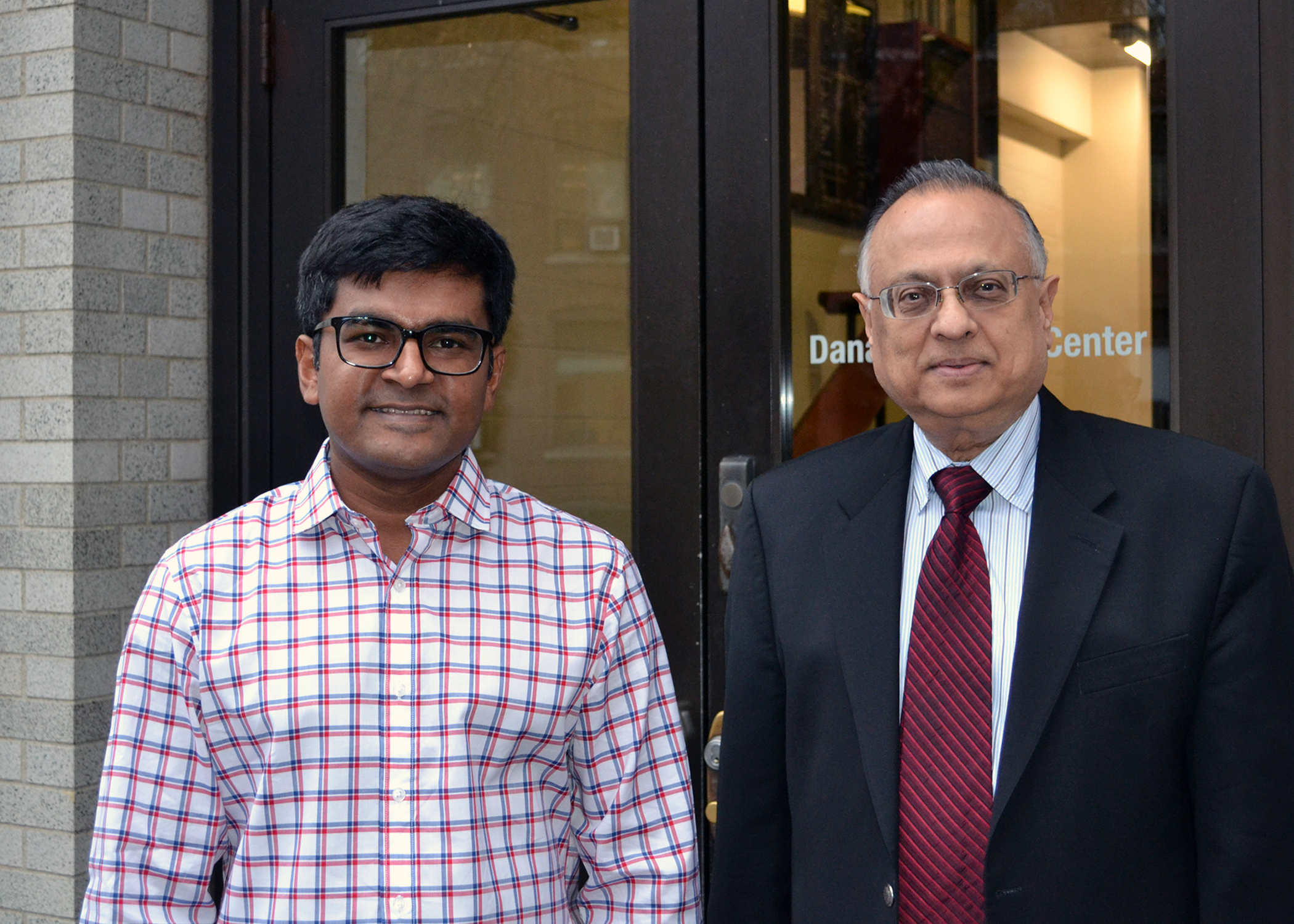In a world constantly immersed in Instagram and Snapchat, working remotely on laptops and mobile devices, and looking for greener alternatives like electric cars, we all heavily rely on small, but complex tools: batteries. As all of these technologies continue to become bigger and better, the capabilities of batteries must do the same.
Arun Bansil, University Distinguished Professor of Physics, led an international team of researchers from Northeastern, Belgium, Japan, and Poland who worked to develop a novel spectroscopic method for unraveling the mechanism underlying reactions that power high-performance batteries.
Bansil, along with Northeastern graduate student Hasnain Hafiz and Senior Research Scientist Bernardo Barbiellini, published the paper, Visualizing redox orbitals and their potentials in advanced lithium-ion battery materials using high-resolution x-ray Compton scattering, earlier this year in the journal Science Advances.
Their research focused on the reduction-oxidation (redox) reaction, which is responsible for the current between the anode and cathode in a lithium-ion battery. They used Compton scattering methods to gather images of these orbitals. By scattering high-energy x-rays from the Lithium-iron-phosphate cathode material, they showed how the redox orbitals can be visualized in momentum space. These techniques allow for better observation of the changes in momentum space that occur from lithiation and delithiation processes and correlate these changes with potential shifts in the battery. Their approach provides a new spectroscopic pathway for improving the performance of battery materials. By studying these characteristics, research can continue onward to help improve battery performance for everyday life.
You can read more about their work in nanotechweb.org’s Technology Update.

